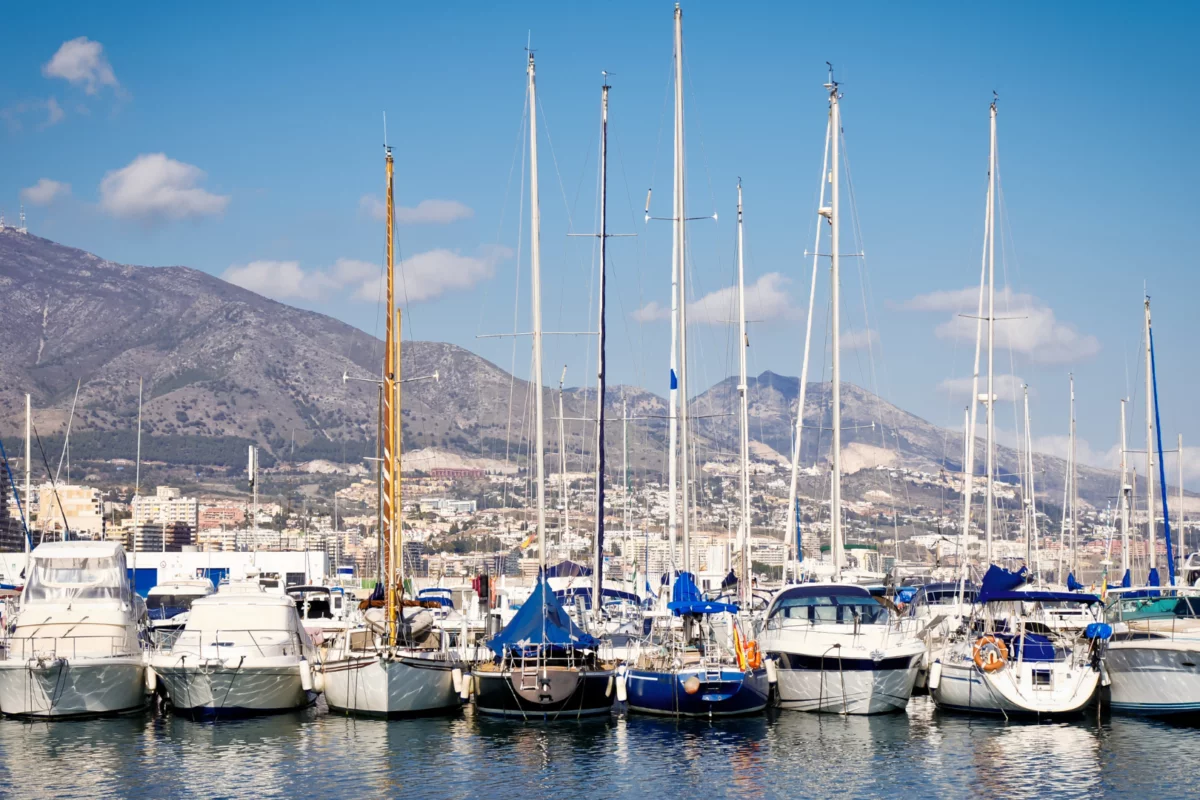There is no shortage of places on the Costa del Sol where history meets the present. One such place is Fuengirola, referred to by many as ‘little Finland’. Why this nickname and what attracts tourists to this resort?
Finnish roots in Spain
Fuengirola is part of the triangle it forms with two towns, Benalmádena and Torremolinos. It is interesting to note that only 60 years ago there were only 8,000 people living in the town. Today, 75 000 people live here permanently, and this number doubles during the tourist season! Why should you choose to spend your holidays here? Fuengirola is the ideal starting point for world-famous tourist destinations such as Marbella, Malaga and Benalmadena.
Nicknamed “Little Finland” Fuengirola has earned its name because the growing number of tourists from that country has led to the creation of a kind of colony of Finns in Fuengirola, who have changed the climate from frosty to sunny. One reason for this is that Scandinavian airlines have chosen the neighbouring city of Malaga as a destination airport on the Spanish Mediterranean coast. Today we are also seeing this among Polish property buyers in Spain, who appreciate the development of air links to Malaga.
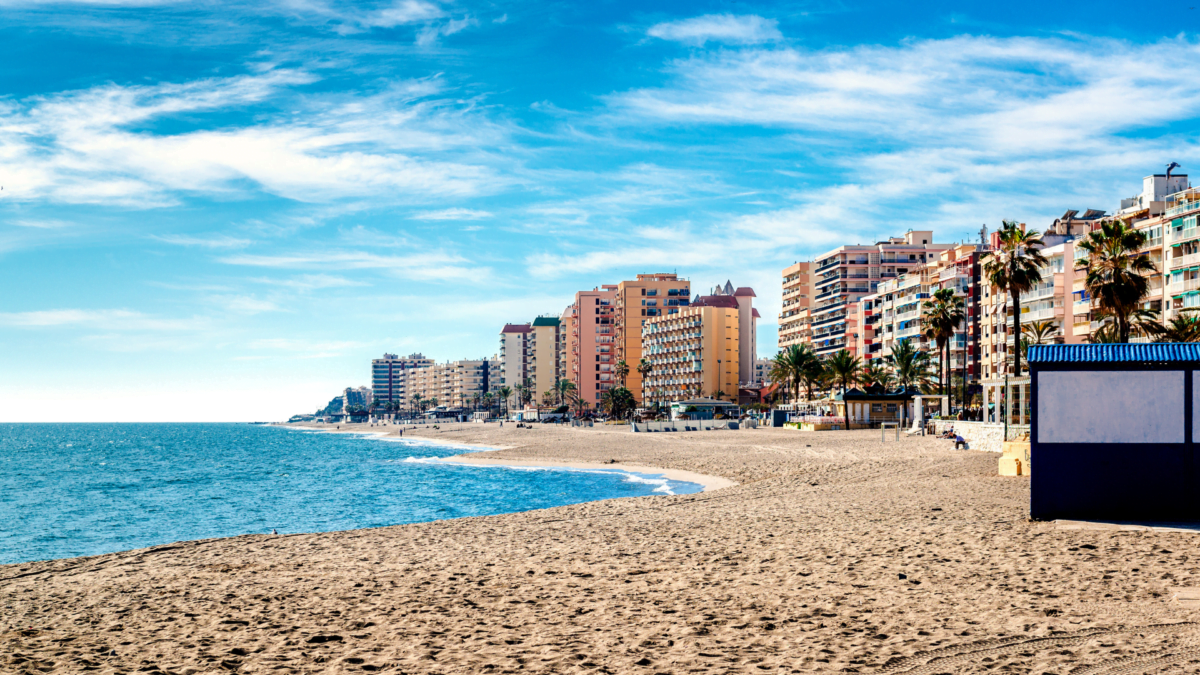
Fuengirola is now home to more than 5,000 Finns, a large proportion of whom live in the Los Pacos district. The influence of Scandinavian culture on the day-to-day running of the Mediterranean resort can be seen in the fact that in many of the local supermarkets you can find a range of Finnish food products, and menus in restaurants are often served in Finnish, English and Spanish.
The town has a subtropical Mediterranean climate and the average annual temperature here reaches 18 degrees Celsius. It is worth mentioning that in the 1st century AD the first name of the town was Suel, which was later changed to Suhayl and later to Plina. Suhayl was one of the key locations for… grazing camels belonging to the Moors who ruled the area.
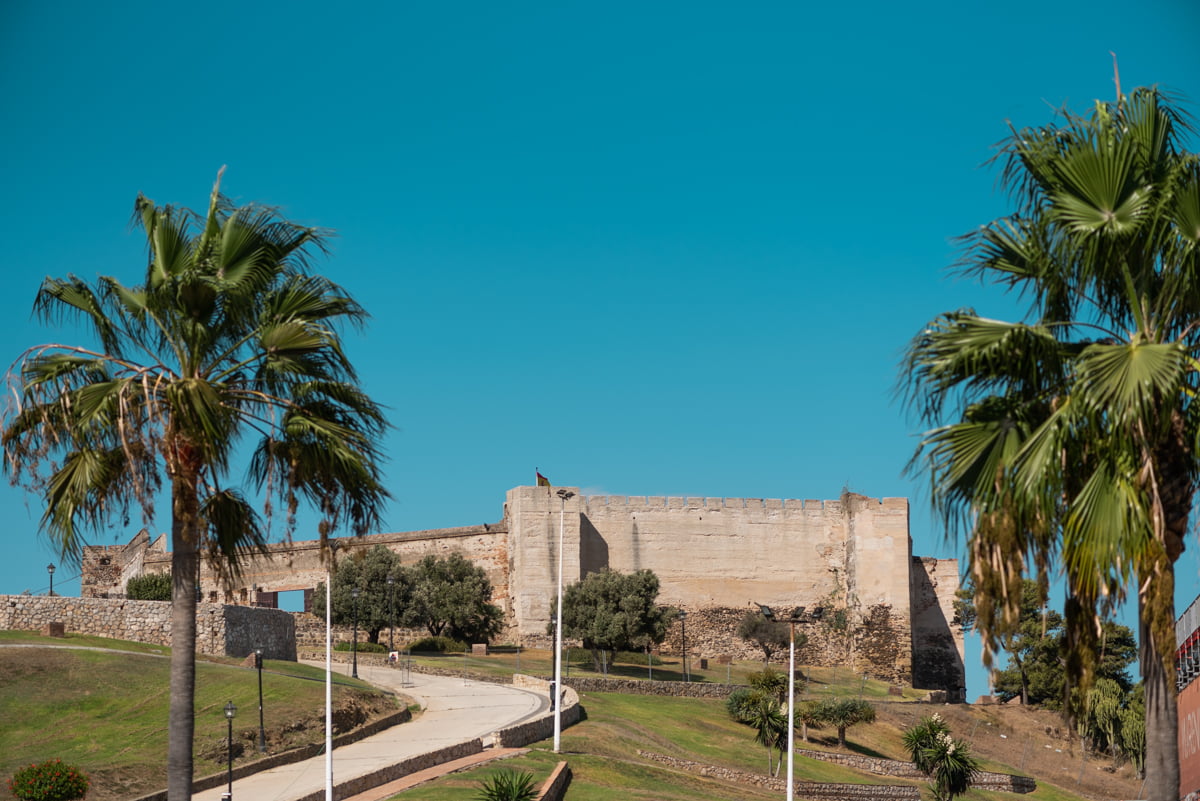
During the Middle Ages, the town was destroyed. A new name, Font-Jirola, then appeared, and in 1485 there was another twist in the town’s turbulent history. After Christian troops conquered the area, attempts were made to settle it without success. It was not until the 17th century that the town began to emerge – attracting new inhabitants. The 1960s were a turning point for Fuengirola, when a tourist resort was established.
A centuries-old history
Without doubt, the most important attraction of the village is the Sohail Castle (Castillo Sohail). The historic structure was built centuries ago by the Phoenicians. The castle was subsequently rebuilt by the Romans, and Moors also resided there. Unfortunately, the monument was in ruins until 1995. Following costly restoration works, today Castillo Sohail is a key place on the cultural and tourist map of Fuengirola. Festivals, concerts and artistic performances are organised here periodically.
A number of archaeological finds from ancient times were encountered during the ongoing modernisation works. These can be admired today in Fuengirola’s municipal museum (Museo de Historia de la Ciudad). Another site worth visiting is the Termas de Torreblanca, or ancient Roman thermae, which have remained in perfect condition despite the passage of centuries. The Roman-era site was discovered in 1961, and the Roman baths and the remains of a Roman villa are now open to tourists visiting the Costa del Sol.
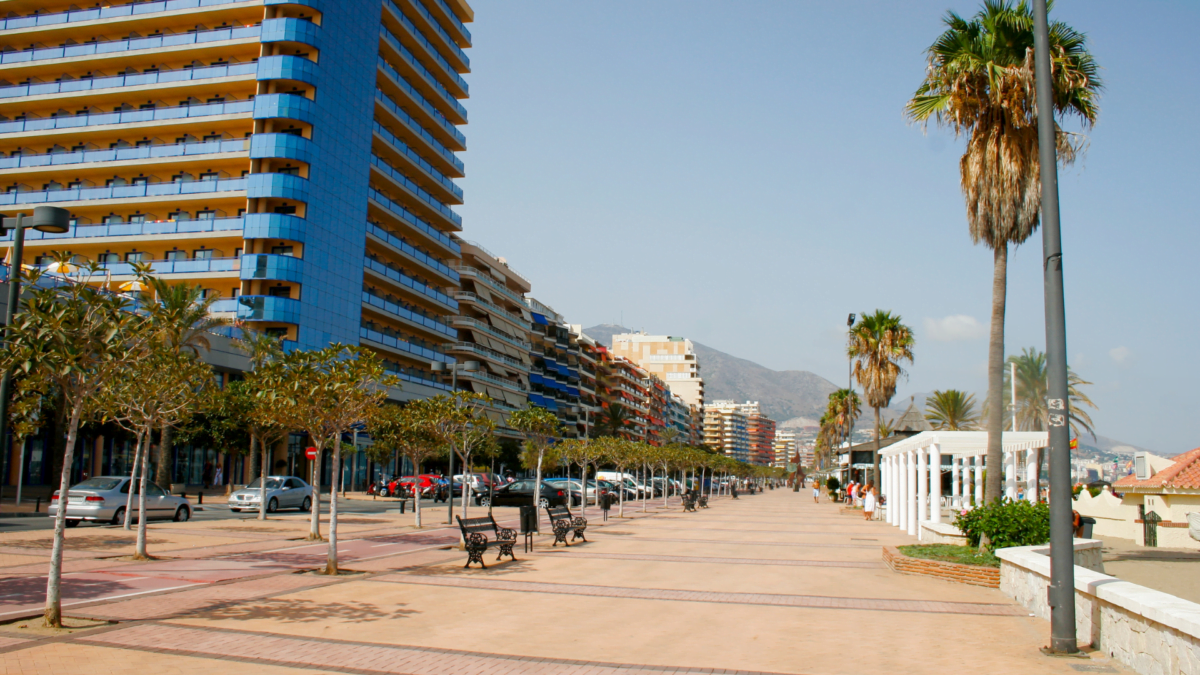
The site of this valuable discovery is home to the Parque Yacimiento Romano, an archaeological park with the ruins of a factory or pottery workshop dating back more than 2,000 years. What will attract the attention of all history lovers are the perfectly preserved mosaics that have survived to the present day. The statue of the so-called Venus of Fuengirola is a delight for tourists. The object was found during… an infrastructure project on the Malaga-Fuengirola route in the 1970s and 1980s.
Since we are on the Mediterranean, we cannot miss the port of Fuengirola. It was created in the 19th century because of the grape growing that had started in the area. The trade in these fruits and sultanas necessitated the opening of the port. It is a place for all those who want to see with their own eyes what seafood fishing is like. Every morning before sunrise, crews of fishing boats return to the harbour. So you can not only watch the seafarers at work, but also stock up on fresh produce – straight from the cutter.
For a unique souvenir photo, you should also head to Puente de la Armada Española. This is a bridge over the Fuengirola River, designed with pedestrians in mind. The structure connects the town centre and the Paseo Maritimo promenade with the Parque del Castillo Sohail.
Holiday entertainment centre
Those looking to get in touch with nature and wildlife are sure to visit Bioparc Fuengirola. It is a zoo of 2 hectares, home to 140 animal species, making a staggering number of around 1,300 individuals! Tourists who visit Bioparc Fuengirola every year stress that it can now be counted among the top places of its kind in the world. It also acts as a research centre where endangered animal species are cared for.
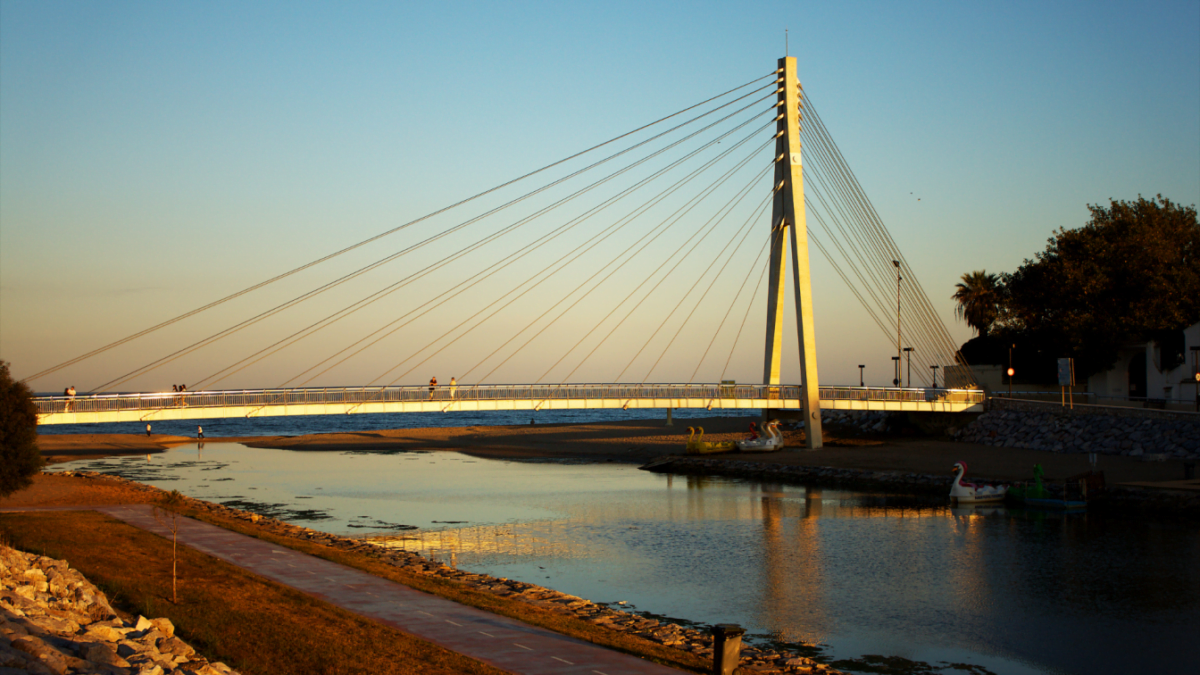
Why does this facility stand out from other zoos in the world? It is intended to be a next-generation space where not only the visitor experience is taken care of, but above all endangered animal species. You can feel like you are in Africa here, and at the heart of the park is a 26-metre-high baobab from Madagascar. The Fuengirola Biopark is made up of sections divided by region and place of origin of the animals: Madagascar, Africa, Indo-Pacific and South-East Asia.
For those seeking respite on sunny days, the Aquamijas water park has opened. Those thirsty for water excitement are attracted by the variety of slides with many levels of difficulty, the pools or the numerous artificial islands. After enjoying the attractions of the water park, the little ones can be entertained in the Sould Park, which is specially designed for them.
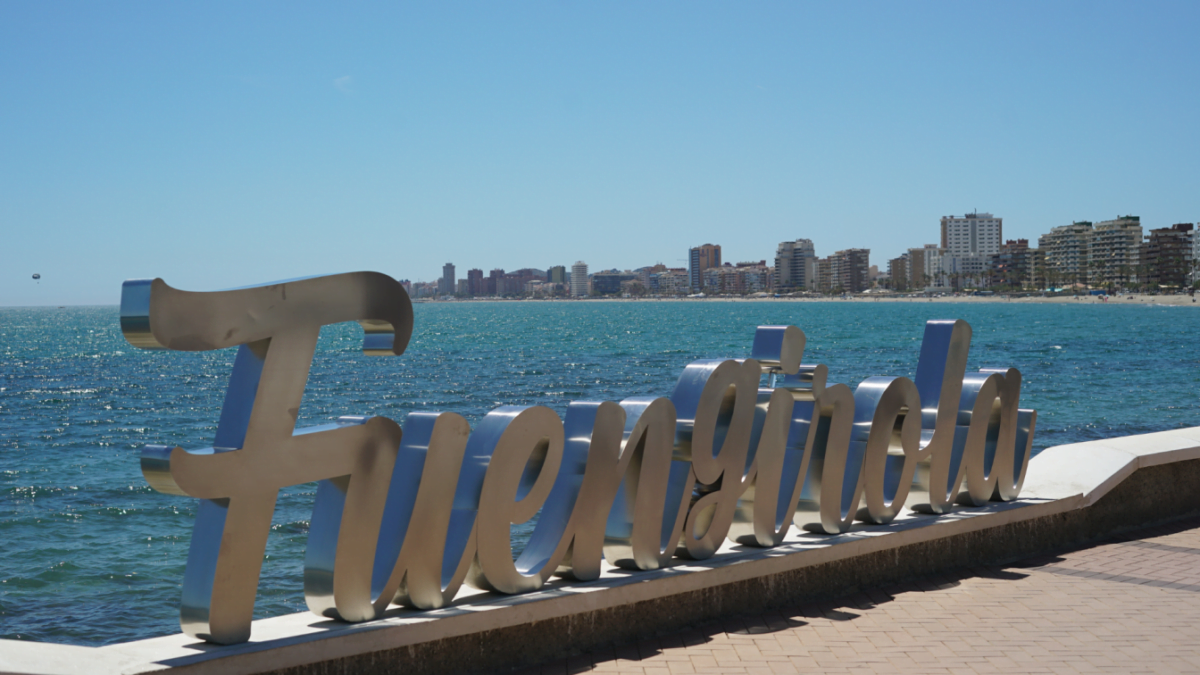
However, it’s not just those looking for popular entertainment that will find something for themselves in Fuengirola. The town also has two prestigious golf courses, and for those who enjoy the shopping frenzy and atmosphere of Spanish fairs – one of the most famous markets on the Costa del Sol takes place every Tuesday. Tourists who visit Fuengirola also stress the beauty and uniqueness of the local beaches. The most interesting of these are:
- Playa de los Boliches
- Playa de Torreblanca
- Playa de las Gaviotas
- El Puerto de Fuengirola
What do Poles have in common with Fuengirola?
To find out, we need to go back almost 200 years. This is when the Battle of Fuengirola took place – one of the key skirmishes on the Iberian Peninsula during the Napoleonic Wars. It took place on 14 and 15 October 1810, and the battle was fought between the small Polish garrison of Fuengirola Castle and a combined Spanish-British force under the command of Lord Blayney.
The duel ended with the victory of the Polish-French troops, which made the heroic defenders of Fuengirola famous throughout Europe at the time. Everyone pointed out that the Polish and French troops defended themselves despite the huge advantage of the attackers, which was as much as 10:1. The duel was immortalised on canvas by the painter January Suchodolski.
Today, a Polish community is developing on the Costa del Sol, including in Fuengirola. One of the important local events has become the Grand Finale of the Great Orchestra of Christmas Charity, organised by the Agnes Inversiones team right here. This year’s WOSP Finale ended with another record.

